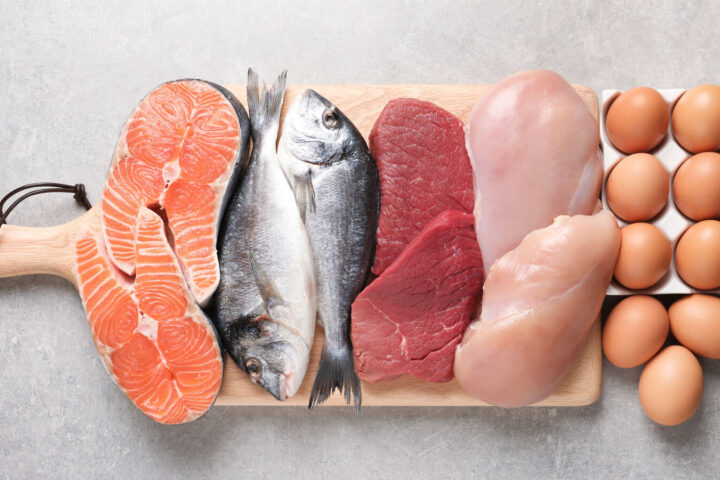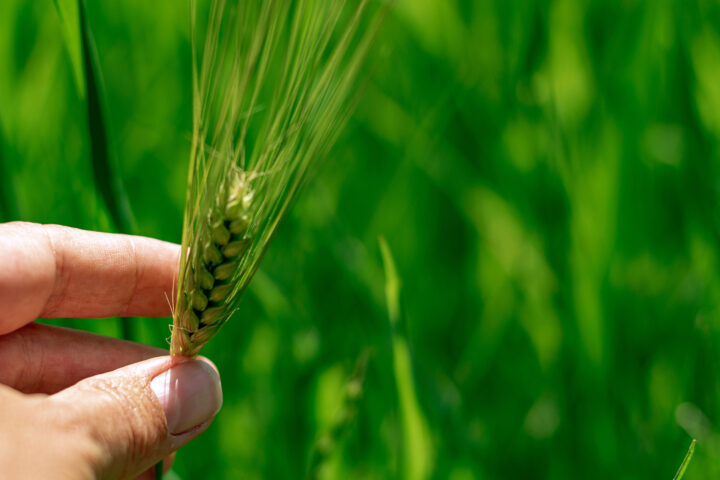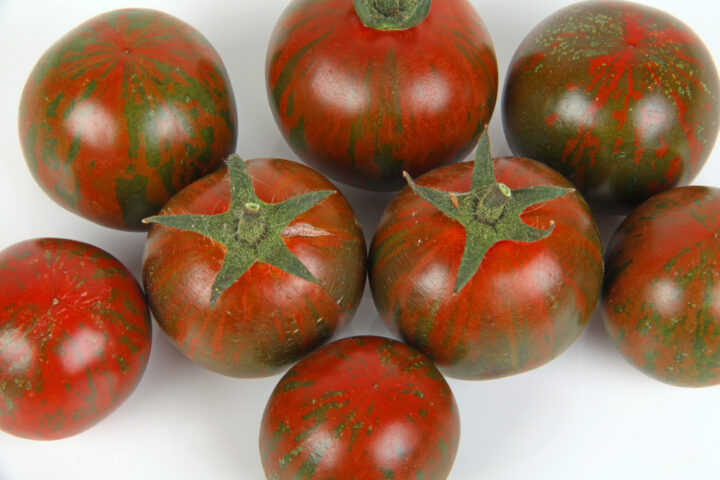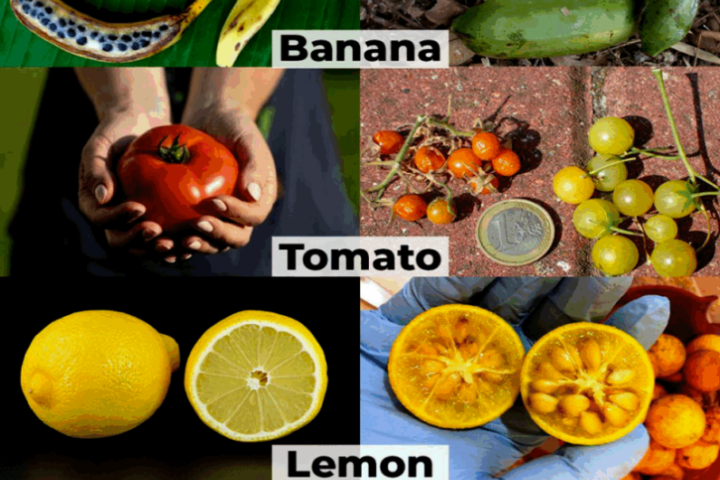
Anxious sweat as a cry for help
Plants live dangerously. They are surrounded by predators. But they are not completely at their mercy. Decades of research have shown this. For example, plants emit odours when attacked. This realisation could lead to new strategies for plant protection. However, it is still uncertain whether this will ever lead to a widely used product.
Monday, December 11, 2023
Plants have a decisive disadvantage compared to predators. They are bound to one place and cannot escape. Nevertheless, plants are not helplessly at the mercy of predators. The NZZ am Sonntag reports on the work of Meredith Schuman, a specialist in plant scents at the University of Zurich, under the title "Nützlicher Angstschweiss". Put simply, every plant has a scent. In a healthy state, this is subtle. However, if the plant is attacked by a predator, it becomes more intense.
The researcher assumes that the plants communicate with their scents and thus call out to the enemies of their predators, for example, in order to get rid of them. These could be birds or wasps. The plants also seem to communicate with each other - perhaps to warn each other. Much is still unclear, but the researcher wants to decode the plants' odour signals.
Schuman is tracking down the scents in the field in collaboration with robotics specialists from ETH. These help to measure the scents (or cries for help) of the plants - using small devices that are placed in the field with the help of drones. It is not yet possible to observe changes in the scent landscape live. And the plants' scent code has not yet been fully decoded either. But the approach is fascinating. With an early warning system based on plant communication, plant protection products could be used in a much more targeted manner and crop failures could be proactively prevented - that is the aim.
Ted Turlings' award-winning research at the University of Neuchâtel was the first to focus on the fact that plants call for help using odours. The SRF science programme reported on it. Scents are used to attract insects for pollination, but also beneficial insects that take care of the predators. The starting point for Turling's work was the question of how parasitic wasps find their prey (caterpillars) in a maize field. Surprisingly, Turlings found that the plants actively supported the search process. Eaten plants emit intense odours that attract the useful parasitic wasps. Ted Turlings was awarded the Benoist Prize in 2023 for his discoveries. When Ted Turlings published his findings in 1990, the realisation that plants use fragrant calls for help to attract their enemies was completely new. Since then, research has been carried out in this field. For example by Wilhelm Boland from the Max Planck Institute for Chemical Ecology. The researchers in Jena have measured the reaction of plants to mechanical damage and also found that: "Plants that are attacked start to smell."
The concept is very interesting for plant protection. Because the earlier an infestation can be detected, the more minimally invasive it can be treated. Which means fewer pesticides are needed. However, there is still a lot to do before farmers can apply the new findings on plant odorants. Decades of research and development lie ahead. Extensive field trials must show how scalable the proposed solutions are for all new methods. And every technology must also be economically viable if it is ever to find its way out of the laboratory and into widespread use.
If product development is successful, the authorities will also need to change their way of thinking. Regulatory hurdles need to be removed so that the new technology can be put to good use. Today, so-called damage thresholds are defined that determine when a farmer is allowed to apply plant protection products. These would have to be reduced so that the early "cries for help" from the plant can already serve as an indication. Today, the principle of control is "as late as possible" - a certain prescribed damage threshold must be met before the farmer is allowed to use plant protection products. With the new approach, this would have to become "as early as possible".
The illustrative video of a potato plant infested with potato beetles shows that crops defend themselves in very different ways in the event of an infestation. The infested plant "rows" its leaves more than the plant that is only slightly infested.
Sources
Kindly note:
We, a non-native editorial team value clear and faultless communication. At times we have to prioritize speed over perfection, utilizing tools, that are still learning.
We are deepL sorry for any observed stylistic or spelling errors.
Related articles

Sales bans due to PFAS: Should we be worried?
After spectacular sales bans on fish and meat due to PFAS contamination, consumers are asking themselves: How dangerous are these substances really – and what can still be placed in the shopping basket without concern?

How German Experts View New Breeding Techniques
In hardly any other country is the idyllic image of organic farming cultivated in the public sphere as carefully as in Germany. Naturalness and rural authenticity are powerful mental refuges for many Germans. Against this backdrop, it is hardly surprising that resistance to new breeding techniques is strong – and that ignorance about the realities of organic farming sometimes appears almost deliberate.

Why consumers accept gene-edited foods on their plates
Acceptance of gene-edited foods increases when the tangible benefits for consumers are easy to understand. A recent study by the Center for Food Integrity (CFI), conducted in collaboration with FMI – The Food Industry Association, shows that consumers evaluate technologies such as genome editing positively when they recognize clear advantages for health, the environment, or food security.

Beautiful and delicious mutants on your plate: The misunderstood world of crop improvement
When most of us hear the word mutation, the images that come to mind are not positive. We think of radioactive monsters, comic book villains, or genetic diseases like sickle-cell anemia. In popular culture, “mutants” are often synonymous with danger. Possibly the most famous are Marvel’s X-Men, who have enjoyed four big-screen incarnations and an enduring place among sci-fi movie aficionados.

